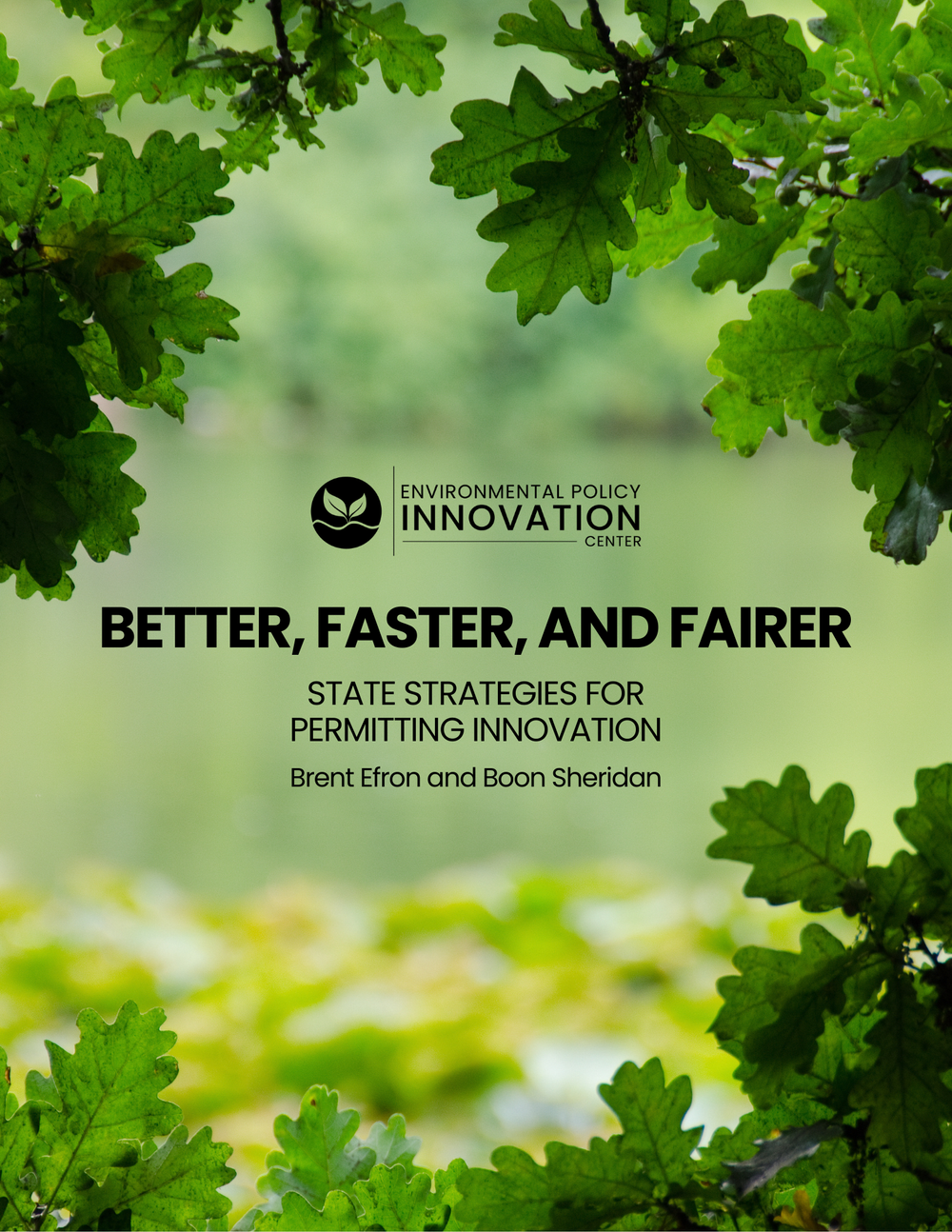
The Permitting Innovation Hub
Permitting processes don’t have to be slow. We work to make it easier, faster, and more predictable to get to a permitting decision.
About the Permitting Innovation Hub
EPIC’s Permitting Innovation Hub brings together a unique blend of experts with an incredible track record of making permitting better, fairer, and faster for people and the planet. We offer a critical voice in the permitting debate: environmentalists who believe reform is needed. We combine genuine credibility in the environmental community with strong technical and technology policy expertise in speeding up permitting without compromising on environmental progress.
The hub represents a new one-stop shop for EPIC’s permitting innovation resources, spanning restoration, technology, energy, and infrastructure policy. This includes cutting-edge policy analysis, case studies, tools for practitioners, and recommendations for policymakers.
We envision a future where faster permitting advances economic, social, and environmental progress, while still serving as a check on bad decision making, and short-term and narrow minded project planning.
Our Goals
Our Initiatives
Permitting happens across a half-dozen federal laws and in every state - when the problem is this complex, we can’t pursue a one size fits all solution.
-

Federal Permitting Reform
Permitting reform is more bipartisan than ever in Washington. The problems are complex enough that we need that momentum to continue for many years to come. From NEPA to the ESA , to the Clean Water Act and beyond, EPIC is here with analysis and policy recommendations.
-

State Permitting Innovation
The vast majority of permits in the United States—especially for energy, housing, and land use—are issued at the state and local levels. EPIC is seeking to document some of the most effective reforms we are seeing states implement. We also try to be available to any state that wants help in making more progress to improve permitting.
-

Technology for Better Permitting
Permitting should be getting easier, not harder and EPIC’s Tech team is leveraging our expertise to identify the technological, AI, and data solutions all parties need to make better permitting decisions. Startups also deserve more opportunity to show government how tech can benefit decision-making.
-

Smarter Permitting for Ecological Restoration
Permits can take years to obtain, even for the most ecologically beneficial projects. We're missing out on significant restoration opportunities to address climate change and biodiversity loss. EPIC is seeking to reduce permitting approval times to under 1 year for complex, novel projects and 60-90 days for well-known techniques.
Our Projects
-

State Strategies for Permitting Innovation
-

Case Study: Permitting Modernization in Virginia
-

Permitting Tools Inventory
-

Restoration Permitting Database
-

Wetlands Impact Tracker
-

Accelerating Mitigation Bank Reviews

